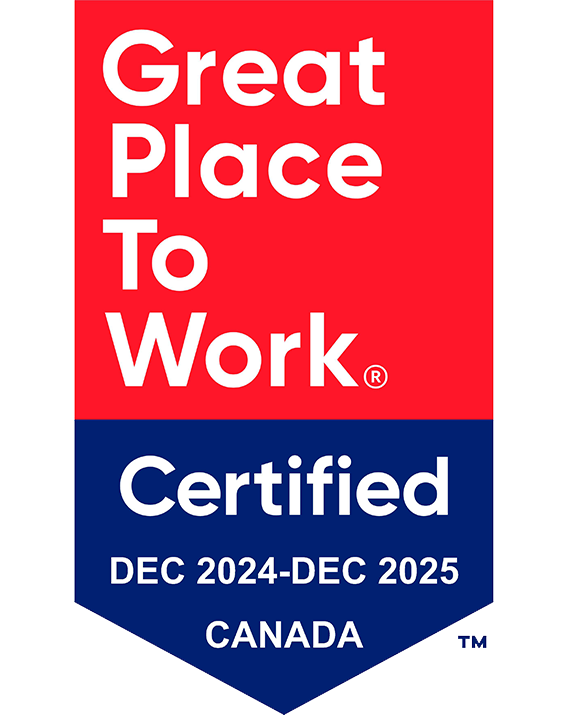AI-powered inspection technology is transforming the manufacturing industry, helping
businesses improve product quality, enhance efficiency, and reduce defects. Manual
inspections and legacy automation struggle to keep up with the speed and complexity of
modern production, but AI in automated inspections is changing the game.
Not sure how AI-powered inspections fit into your process? Explore how industry leaders
worldwide are leveraging AI to catch defects, optimize production, elevate brand reputation, and
outperform the competition—with every part, process, and piece of equipment.
Explore Industry Applications
(Buttons: Automotive – Medical – Oil & Gas – Electronics – Aerospace – Food & Beverage –
Construction)
- AI in the Automotive Industry
Automakers must meet strict safety and performance standards while maintaining high-speed
production. AI-powered inspections enable defect detection in manufacturing by identifying
microscopic flaws, improving efficiency, and reducing costly recalls and user safety risks.
- Critical, Complex Part Inspections: Camshafts, Balance Shafts, Crankshafts, Drive
Shafts, Spline Shafts - Chassis and Frame Inspections: Detects structural defects or misalignments in vehicle
frames, ensuring proper assembly and crashworthiness. - Welding Quality Assurance: AI-powered welding cameras monitor weld integrity in
real-time, preventing weak or inconsistent joints that could compromise vehicle safety. - Engine Component Verification: Inspects engine blocks and cylinder heads for casting
defects, machining errors, or material inconsistencies to ensure optimal performance. - Surface Defect Detection – AI-driven vision systems identify scratches, dents, and
paint inconsistencies to maintain aesthetic and functional quality.
Key Benefits - Enhanced Safety & Compliance – AI-driven inspections ensure compliance with
industry regulations and safety standards. - Cost Reduction & Waste Minimization – Early defect detection prevents rework,
material waste, and costly recalls.
Industry Adoption
Automotive leaders are rapidly integrating AI-powered inspections to enhance quality and
efficiency.
- Tesla employs AI-driven vision systems for real-time defect detection on assembly lines
- BMW uses AI for weld inspection and surface defect analysis.
- Bosch has developed AI-powered quality control solutions for component inspections
- Toyota leverages AI for predictive maintenance to optimize production line performance.
By embracing AI-driven automation, these companies are improving precision, reducing waste,
and ensuring vehicle safety in an increasingly competitive market.
- AI for Medical Devices & Implants
Medical device manufacturers must meet strict FDA and ISO 13485 standards to ensure
absolute precision and safety. AI-powered inspections can be used for surface defect
detection, dimensional accuracy checks, biocompatibility analysis, and sterility validation in
implants and medical devices—ensuring optimal procedures and patient outcomes.
- Surgical Instrument Verification: Implementing machine vision systems to inspect
surgical tools for defects, ensuring compliance (FDA, ISO 13485) and patient safety. - Implant Quality Control: Applying machine vision to assess the surface finish and
dimensional accuracy of medical implants.
Key Benefits:
- Regulatory Compliance & Patient Safety – AI ensures inspections meet stringent FDA
and ISO 13485 standards, reducing risk and supporting audit-readiness. - Microscopic Precision & Consistency – Detects minute surface defects and
dimensional variances that manual inspection might miss. - Operational Efficiency & Cost Savings – Reduces inspection time and labor costs
while minimizing product recalls and rework. - Enhanced Traceability & Reporting – AI-powered systems generate digital inspection
logs, supporting compliance documentation and continuous quality improvement.
Industry Adoption – Companies like Medtronic, Stryker, and Siemens Healthineers use AI-
powered inspections to improve quality, efficiency, and ensure patient safety.
- AI in the Oil & Gas Industry
AI-powered automated inspections in the oil and gas industry utilize drones, robots, and
advanced software to analyze vast amounts of data, identifying issues like corrosion, leaks, and
equipment failures, ultimately improving safety, efficiency, and predictive maintenance.
- Tank and Vessel Examination: Applying automated X-ray inspection to assess the
integrity of storage tanks and pressure vessels. - Pipeline Integrity Monitoring: AI-equipped drones detect corrosion or leaks in
extensive pipeline networks, ensuring structural reliability. - Offshore Rig Structural Analysis: Vision-guided robots inspect and maintain offshore
drilling platforms, enhancing safety and operational efficiency. - Tank and Vessel Examination: Automated X-ray and computer vision inspections
assess the integrity of storage tanks and pressure vessels. - Visual Inspection & Anomaly Detection: AI analyzes images and videos from drones
and robots to identify corrosion, cracks, leaks, and operational anomalies. - Automated Data Analysis and Reporting: AI processes and analyzes large volumes
of sensor and camera data, generating reports that help operators make informed
decisions.
The Benefits: - Enhanced Safety & Risk Reduction – AI-driven drones and robots inspect hazardous
areas like offshore rigs and pipelines, reducing human exposure and preventing
accidents through remote, real-time monitoring. - Predictive Maintenance & Cost Savings – Deep learning allows AI software to identify
potential equipment failures early, minimizing downtime and maintenance costs.
Industry Adoption:
Companies like Shell and Petrobras are employing drone-based AI inspection for pipelines and
offshore rigs. Optelos brings powerful image analysis platforms to assist operators in identifying
critical anomalies before they become failures.



